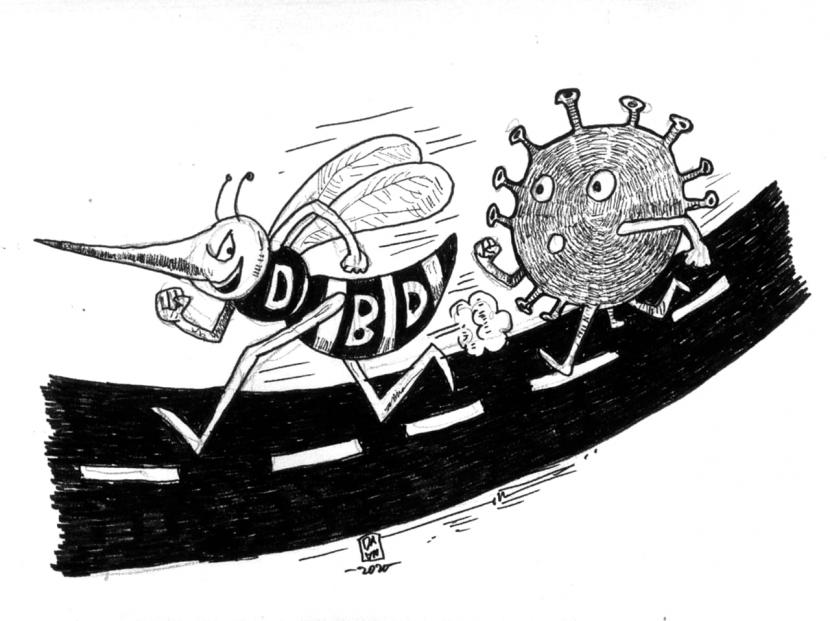Dengue fever should be watched out for in children in the rainy season.
REPUBLIKA.CO.ID, JAKARTA — Entering the transition season, various health problems in tropical countries are back. One thing to watch out for is dengue fever dengue (DHF). Not to mention, there is also a pandemic disease, the Covid 19, which has not yet gone. Therefore, ensuring your little one’s immunity is maintained is an important key to keep him away from various diseases.
Pediatrician Consultant for Infectious & Tropical Diseases at Pondok Indah Hospital – Bintaro Jaya, Dr dr Debbie Latupeirissa, SpA (K) explained DBD is one of the diseases that often appears in transition rainy season to the dry season. The disease caused by the dengue virus carried by the Aedes Aegypti mosquito is characterized by typical symptoms such as high fever without other symptoms, for example without cough, runny nose, or shortness of breath. However, some sufferers complain of symptoms of pain behind the eyes, headaches, joint pain, to the appearance of red patches on the skin or bleeding. However, usually red patches on the skin are not visible in the early days.
“Although it is a self-limiting disease or a disease that can heal by itself, it is not uncommon for dengue fever to cause fatalities if it is not treated quickly,” he said in a press release received Republika.co.idSaturday (26/2/2022).
Moreover, if the DHF patient has entered a dangerous phase, and occurs in younger children who have not been able to express their condition. Therefore, many DHF sufferers are then hospitalized to be monitored more closely.
DHF disease phase
He explained that there are three phases of DHF, from day 1 to 3, which is called the febrile phase without bleeding. In this phase, initial symptoms usually occur such as high fever, headache, joint pain, and pain behind the eyeball.
After entering days 4 to 5, the fever tends to go down. “Well, this is where the patient begins to enter a critical phase,” he said.
Most parents are not aware of this phase when the fever goes down. Many people think that their little one is already recovering. In fact, at this stage the risk of shock is much greater.
In addition, there can also be a further decrease in platelets which is characterized by bleeding, such as nosebleeds, bleeding gums or spontaneous red spots on the skin.
In the critical phase there is seepage of blood plasma resulting in an increase in blood viscosity or hematocrit. This is an important thing to watch out for. In this phase, your little one needs lots of fluids by drinking a lot or giving intravenous fluids. If the fluid needs are not met, the risk of your child experiencing shock that can be life-threatening will increase. Moreover, if the shock is not resolved in a short time, there may be severe bleeding complications that will be difficult to overcome.
Bleeding is not only caused by a very decreased number of platelets, but also due to impaired blood clotting function. Other risks that can occur in this critical phase include impaired consciousness, impaired kidney function, and impaired liver and other organ functions. This condition can occur in approximately 30 percent of cases of severe dengue. In general, cases of DHF that are treated with adequate fluids will avoid the possibility of serious complications. This is the importance of hospitalization.
The third phase is the recovery or healing phase, which usually occurs on days 6 to 7. In this phase the fever has started to fall, the body’s condition slowly improves. To speed up your little one’s recovery, choose a good nutritional intake to increase endurance, including platelet levels.
–


